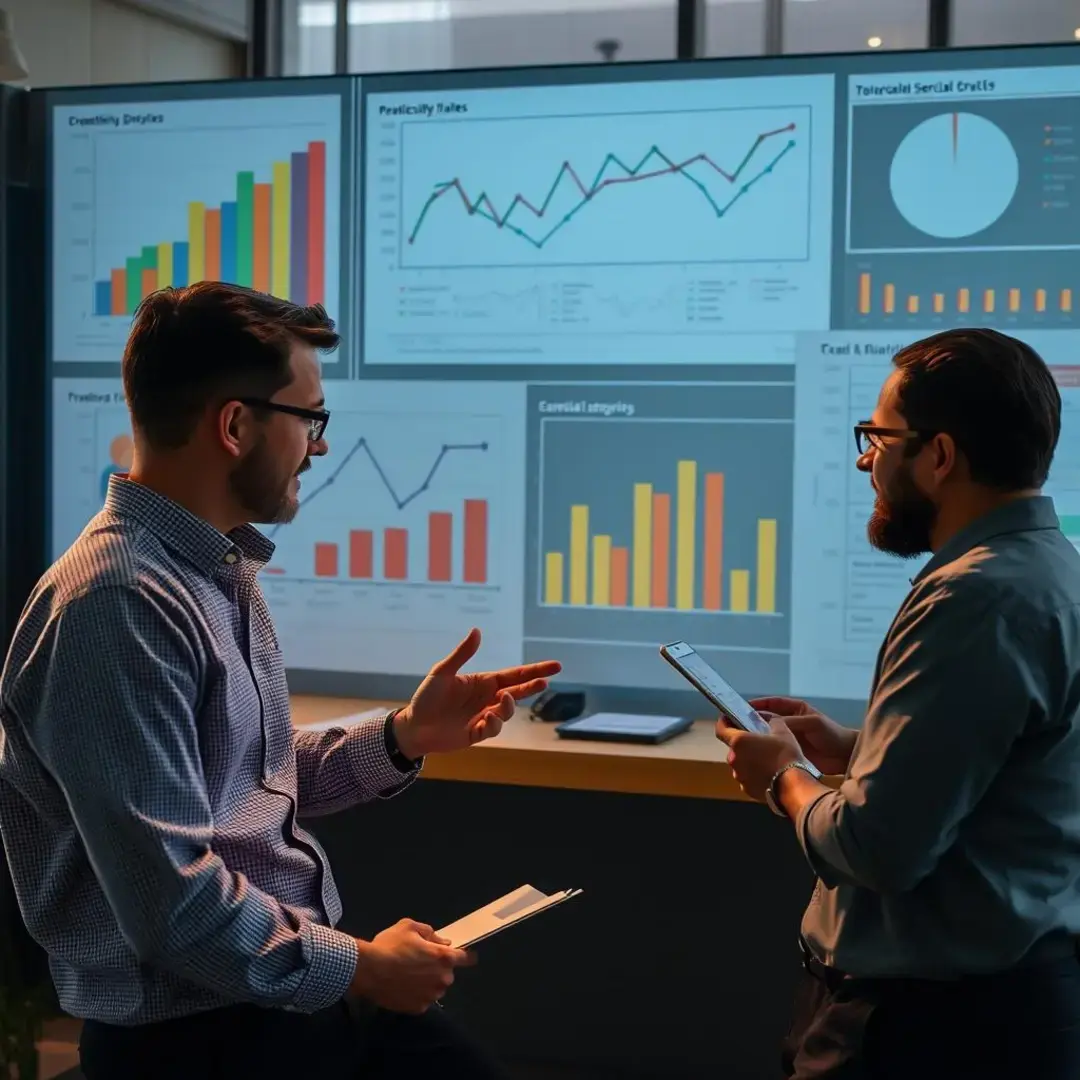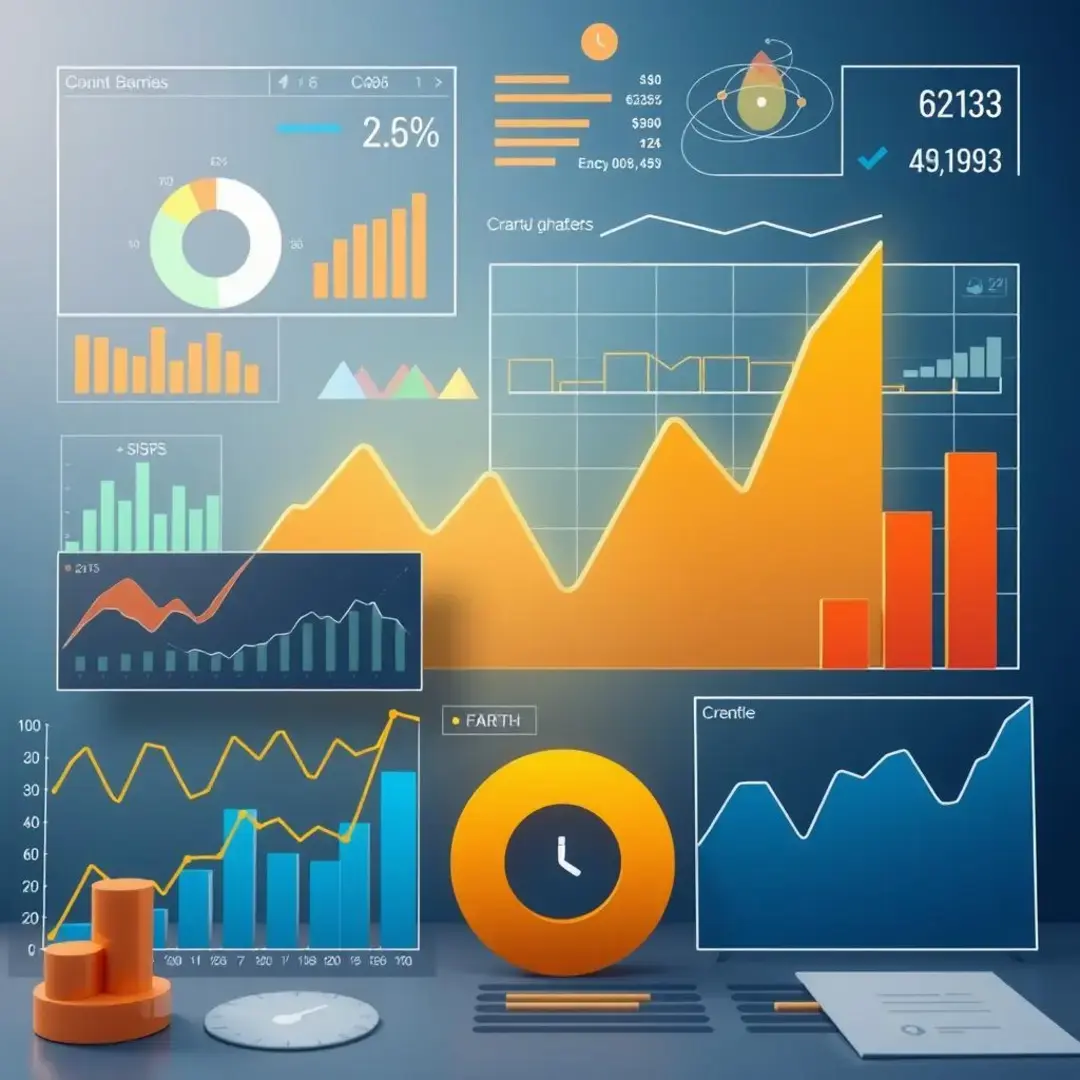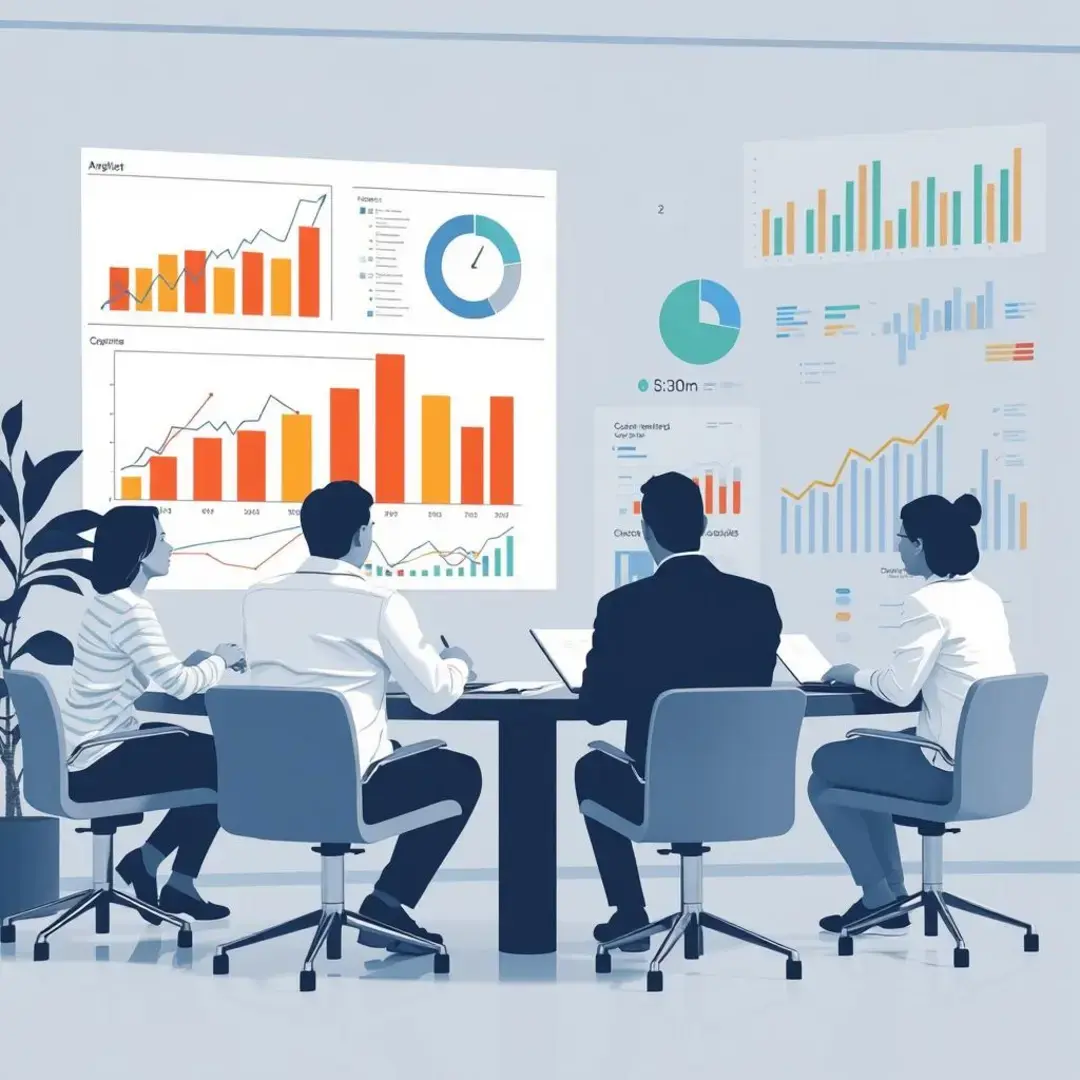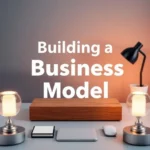Business Model Viability: Key Assessment Metrics
Understanding Business Model Viability

Defining Viability in the Modern Business Landscape
In today’s rapidly changing business landscape, the concept of viability has evolved considerably. Business model viability refers to the ability of a startup to sustain its operations and effectively deliver its value proposition in a competitive market. The evolving nature of market dynamics necessitates that entrepreneurs continually assess and adapt their strategies to ensure long-term success. Factors such as customer expectations, competitive pressures, and economic conditions play crucial roles in defining this viability.
Moreover, technological advancements have transformed traditional business models, introducing new opportunities and challenges. Startups must embrace innovative tools and digital solutions while considering how these affect their overall business structure. By keeping up with emerging technologies, companies can not only enhance their operational efficiency but also provide improved customer experiences, which is essential for maintaining viability.
Core Components of a Viable Business Model
A successful business model encompasses several core components that together shape its viability. The clarity of the value proposition, alongside its fit within the target market, is paramount. Startups must articulate why their product or service stands out and how it meets a specific need that isn’t addressed by competitors. This foundation of understanding positions a startup to effectively engage its customer base and foster loyalty.
Additionally, having robust revenue streams and pricing strategies is crucial for sustained profitability. Companies must explore various pricing mechanisms to attract different segments of customers while ensuring that they cover their costs effectively. Just as important are the cost structures; operational efficiency must be maintained to support overall business health. This means closely analyzing expenses and identifying areas for cost reduction without sacrificing quality.
Finally, an effective business model requires identification of customer segments and acquisition channels. Startups should target their marketing efforts to reach potential customers most likely to engage with their offering. By honing in on these diverse channels, businesses can maximize their reach and consolidate their market presence.
Key Metrics for Assessing Viability

Financial Metrics
Assessing the financial health of a business model is crucial for its viability. Key financial metrics include revenue growth and profitability, which serve as indicators of how well a business is performing. Startups should have a clear understanding of their revenue streams and how they grow over time to ensure sustainable growth. Profitability is equally critical, as it reflects the ability to generate income after covering operational costs.
Another vital metric is Customer Lifetime Value (CLTV), which estimates the total revenue a business can expect from a single customer account throughout their relationship. On the flip side, tracking customer acquisition Cost (CAC) enables startups to measure how much they spend to gain new customers. A favorable ratio of CLTV to CAC signifies a healthy business model. Additionally, examining the burn rate and runway helps startups evaluate how long they can sustain operations before needing additional funding.
Market Metrics
The size of the market and its growth potential significantly influence business model viability. Startups need to conduct thorough market research to understand the landscape in which they operate. Evaluating market share enables companies to gauge their competitive position against rivals, while an analysis of brand awareness sheds light on customer perception. A strong presence in the market can lead to increased customer trust and loyalty, enhancing the overall viability of the business model.
Understanding customer loyalty is also key, as loyal customers are likely to return and engage in repeat business. Thus, measuring satisfaction levels and constructing strategies to build brand loyalty can have positive implications for a startup’s longevity.
Operational Metrics
Operational metrics play a significant role in determining the effectiveness of a business model. Customer satisfaction and retention are paramount; businesses must monitor feedback and engage with their customers to provide timely solutions. Happy customers not only contribute to revenue growth but also serve as valuable brand ambassadors.
Furthermore, monitoring the product development and innovation cycle is essential for staying relevant in a competitive market. Continuous improvement in offerings helps ensure that the business remains aligned with customer needs. Operational efficiency and scalability also influence how well a startup can grow; optimizing processes can lead to significant cost savings and quicker adaptation to market changes.
Advanced Viability Assessment Techniques

Scenario Planning and Sensitivity Analysis
Advanced methodologies such as scenario planning and sensitivity analysis provide deeper insights into business model viability. By developing realistic scenarios, startups can prepare for various potential market conditions. These practices promote proactive adaptation strategies, ensuring businesses can respond effectively to uncertainties.
Moreover, testing model resilience through these analyses helps identify crucial vulnerabilities within a business model. This strategic foresight can aid startups in navigating risks associated with market fluctuations.
Predictive Modeling and Forecasting
Utilizing data-driven insights through predictive modeling and forecasting is another powerful tool for assessing viability. Analysis of existing data can unveil trends that inform decision-making processes. By projecting future performance, businesses can set achievable growth targets and allocate resources effectively.
Thus, leveraging historical data aids in understanding customer behavior and evolving market demands, equipping startups with the necessary knowledge to thrive.
Leveraging Key Performance Indicators (KPIs)
Identifying relevant KPIs is fundamental to tracking business performance. Startups should establish clear metrics that align with their strategic goals to champion accountability. By continuously monitoring these indicators, companies are empowered to make informed decisions that enhance service delivery.
Furthermore, analyzing performance data regularly allows businesses to refine their approach, ensuring they stay competitive in a dynamic market environment.
Conclusion: Ensuring Long-Term Success

Adapting to changing market conditions
In conclusion, ensuring long-term success hinges on a startup’s ability to adapt to changing market conditions. The landscape is seldom static, and both internal and external factors can impact business viability. Therefore, flexibility and a willingness to pivot at the right time are essential traits for any startup.
Continuous monitoring and refinement
Continuous monitoring and refinement of business strategies must be a part of every startup’s culture. Regular evaluations of key metrics and a commitment to assessing market conditions can help businesses stay ahead of the curve. By cultivating a proactive approach to business model viability, startups position themselves favorably in an ever-evolving marketplace.












